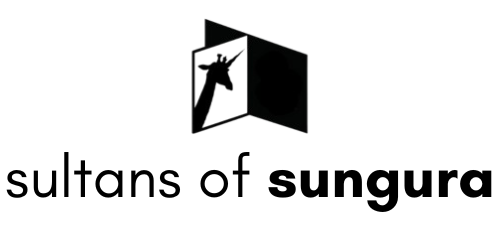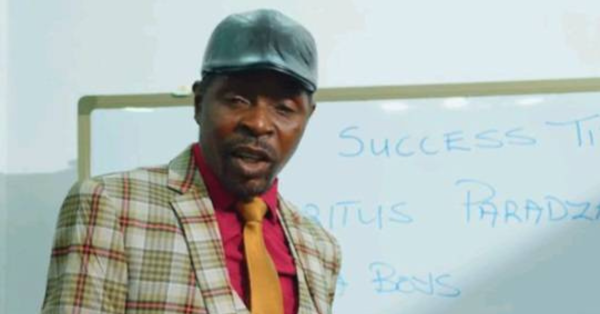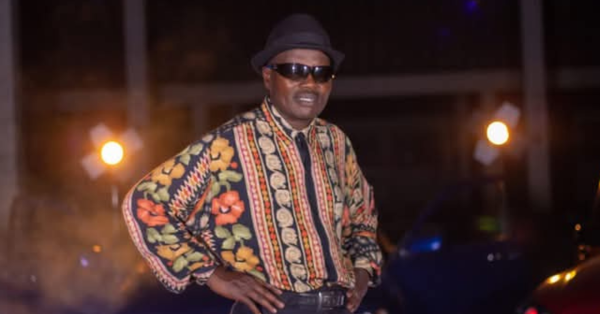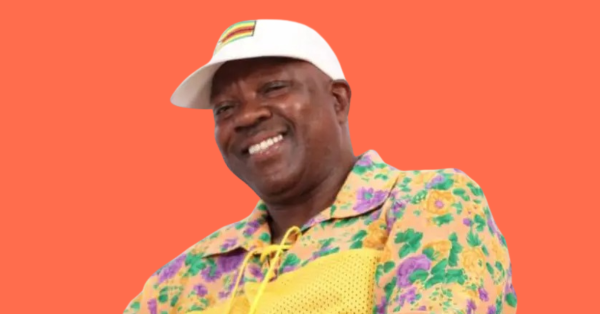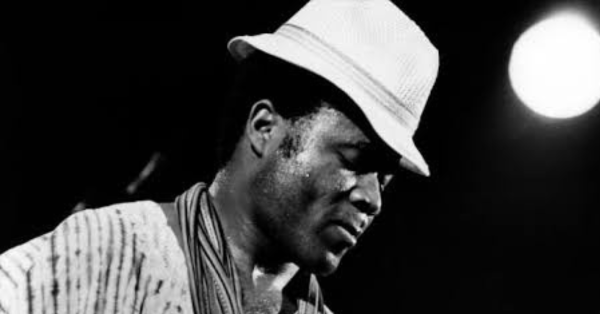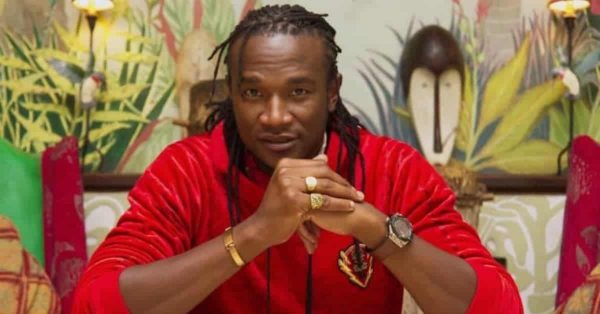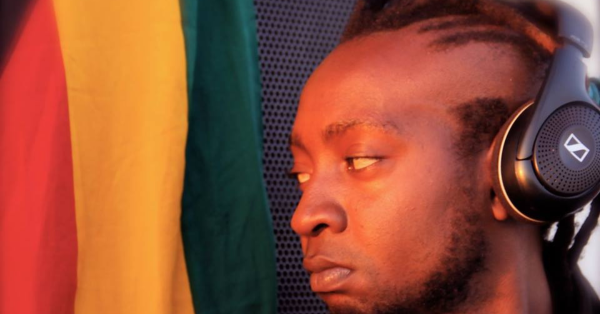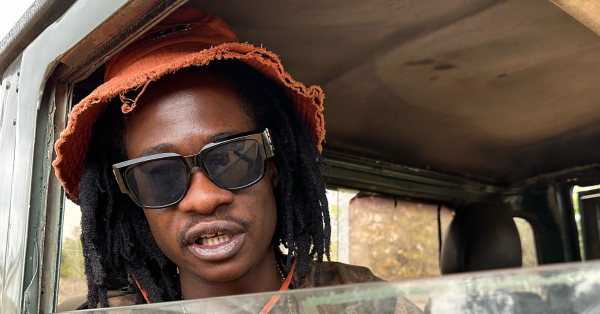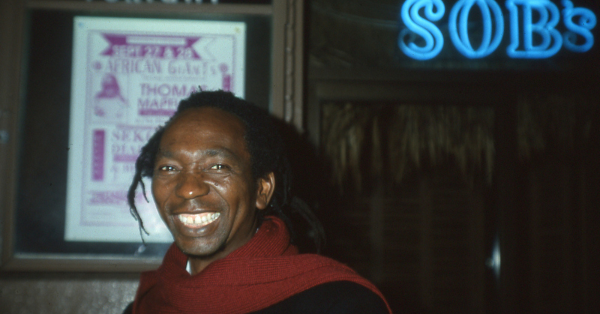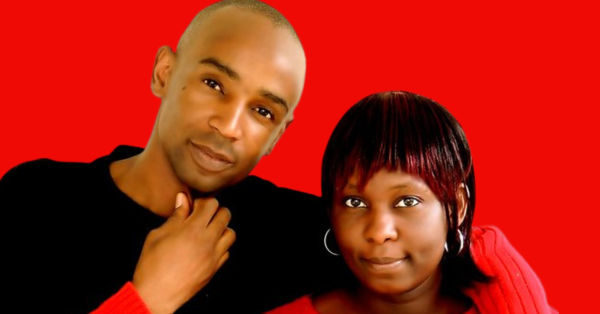Jah Prayzah’s continental wars are well-known but after every battle is fought, an artist’s never-ending conflicts are against himself. Think of a musician as different splinter personalities in one room, each fighting for creative control. That is Jah Prayzah, the stage monster, the business strategist, the regional crusader, the cultural revivalist, and the vulnerable underdog. The best of these splinters have just won the latest round and recorded a great Zimbabwean album.
Hokoyo, the new fifteen-track album, is Jah Prayzah’s tenth. It is not just a comeback from the uninspired Chitubu, but one of his most ambitious yet, alongside Tsviriyo, Jerusarema and Kutonga Kwaro. There are songs to make you feel and sounds that are as grounded in the Zimbabwean tradition as they are open to cross-border influence. The mythic vibe on the traditionally themed, standout tracks is what sets Jah Prayzah, with fellow griot Mathias Muzaza, apart from his generation.
He is as able as anyone to stick around the pop conversation with bubblegum anthems but here the dancefloor bounce is driven by harmony between wholesome production and soul-deep words of an ancient poet. The question, what is new, is a fair one but we should also ask what time it is in the 32 year-old musician’s career. He has challenged himself, challenged us, and now he is defining the essential Jah Prayzah.
In an interview with Jikinya, producer DJ Tamuka stresses that Hokoyo is a back-to-essentials album. “It’s the tenth album so we wanted it to explore as much of his original self as possible, to translate the real Jah Prayzah into music,” Tamuka says. “I love listening to this album because it’s full of songs that I like and music that I like. I can say it was a painting of both our musical selves, me and Jah Prayzah.”
Tamuka produced the whole album, except “Munyaradzi” and “Donhodzo”, which were done by his frequent collaborator, Rodney Beatz, “Chiramwiwa”, produced by Drummerboy Stanley from Nigeria and “Nyaya yeRudo”, done by Young DLC. He also co-produced the Zimpraise-assisted, “Miteuro”, with Rodney Beatz and “Eriya” with Zoom Beats. Tamuka’s production is computer-generated but also draws on trusty instrumentalists, most obviously Stimela’s hosho and Jah Prayzah’s mbira, and session artists for whom he writes the music. Hokoyo is his third album with Jah Prayzah.
“Kwayedza” and “Hokoyo”, the lead single which has already been around for a minute, are the strongest artistic statements on the album. The title track’s incantatory hook enchants you from three directions, assisted by shakers and a spare trumpet looking for somewhere to land on the trance. The verses show that Jah Prayzah’s achievement is not just singing deep Shona lyrics that would seamlessly blend into the fireside and moonshine rituals of the golden past but in adapting them to his present feelings.
In both tracks, the Uzumba-born musician is shaking off bad energy and reminding us that he is self-made, a very current music conversation if one does not look past it to be absorbed in the traditional scenery. And if the songs are romantic reconstructions, Blaqs’ peerless visuals go beyond translating and layering them to achieve a mystic urgency.
Another feature of Jah Prayzah’s song-writing is his mock-distracted approach to serious issues. A verse like, “Kundipa museve usina uta/ ho wandivirimira/ ha mutema wakaoma,” may sound like a sonic afterthought but it is one of the core messages of the song. Having driven the message of black pride home – even if some people’s totems are cheap enough to be traded, I, Chasura, will never dare sanitise the Dzimbahwe eagle – Jah Prayzah now turns to black-on-black resentment, the crab-in-the-bucket mentality That in just two lyrics that are more playful than they are preachy.
Mbira dzeNharira leader Tendayi Gahamadze gives a nod in an interview with Jikinya. “The way he combines his music and message, the deep lyrics he uses, is true to heritage. What is important is that young people can relate when the messenger is one of their own,” Gahamadze says.

The elder, whose classic mbira gourd carries his totem, Samaita, spent some time with Jah Prayzah, Blaqs and crew in Kariba for the shooting of “Kwayedza” and also appears in the video. Tamuka says this was a special song for Jah Prayzah, especially since he held on to it for more than three years, waiting for the right moment. Samaita’s appearance in the song is one of the few shoutouts Jah Prayzah gives to Zimbabwean greats on the album. Whereas this was achieved throughout name-checking on previous albums, this time it’s done through subliminal music-speak allusive to “Wenge Mambo”, “Chiriyo” and others.
And since it is Africa Day, Jah Prayzah’s regional collaborations are particularly relevant for Samaita. “To say let’s do this together and get to a point of understanding each other, that’s building family bonds with other Africans. The unity we want for our continent is being achieved through music,” Gahamadze tells Jikinya.
With Mudhara Achauya, Jah Prayzah changed his video rollout from a corporate-sponsored DVD album to the more international procedure of strategically spaced singles. For this lockdown album, he chose to drop a number of videos just a day apart. “Mukwasha”, the first video is quickly piling numbers and highlights the artist’s lighter side, driven by a classic Jah Prayzah theme.
Dude has made a career out of playing the troubled son-in-law, disqualified, henpecked and even left for dead, from “Sungano” to “Maria” and the Charma Girl collaboration. This is hardly surprising. Zimbabwean musicians are the most troubled son-in-laws in the world. James Chimombe is made to stone snakes and thatch huts in “Mukuwasha”. Mpopoma in-laws shake out Lovemore Majaivana’s pockets all day in “Mkwenyana”. And if you thought the dowry of 100 Philistine foreskins required from David was the trickiest, spare a thought for stone-broke John Chibadura, charged $5000 and 30 head of cattle way before the bond-dollar era, or Oliver Mtukudzi, ordered to hunt for his own totem just to appease greedy in-laws.
Of the two collaborations on this album, the Zimpraise-assisted “Miteuro” is lyrically wobbly and less inspired. “Kana Ndada”, featuring Zahara, joins the bottomless trove of Jah Prayzah love classics. Tamuka puts the sun on pause and gifts the long-distance “lovers” with a steady, jazzy beat to empty their chests and keep things going during lockdown.
A “great Zimbabwean album” conversation will be revisited with the benefit of hindsight but it is safe to initiate it this point. While it will be for the audience and the industry to decide impact and durability, we can already pick the album apart for a binding concept, capacity for reinvention, production value, song-writing, social relevance, technical range and emotional relatability. Hokoyo checks almost every box from the songs already discussed.
I have previously written some of the harshest criticism of Jah Prayzah, unimpressed by his easing into an undemanding, bubblegum template. The songs worked for his high-octane, fast-paced performances but were socially distant “music about music.” As Jah Prayzah got more polished, he gave up his original vulnerability and insane penmanship so that by time he wrote “Dangerous”, all he had in mind was four more minutes of show time. Whereas, already on his first album, Rudo neRunyararo, he was capable of emotive love songs like “Taura” impassioned traditional ones like “Rairai”, the production quality just wasn’t there back then. Hokoyo’s clean production and classic lyricism defines the essential Jah Prayzah.
Jah Prayzah is not an obviously political artist in the prophetic sense of Leonard Zhakata or Winky D. At his most political (2016-17), he offered conspiracy rather than critique. Where dabbles into social justice (freedom for the wrongfully incarcerated in “Miteuro”), the effort is half-felt.
His, then, is the politics of celebration and restoration.
When Thomas Mapfumo reclaimed the mbira from what historian Mhoze Chikowero calls “mbirapocalypse” and “Rhodesian epistemicide”, subversion was the game, even before you considered his lyrics. Lovemore Majaivana’s folk songs are a revolution at the point of revitalisation, before parsing the dense correspondence of the lyrics with the present. That is mbira in the hands of Jah Prayzah, married to his politics of black pride and African renaissance.
Hokoyo is a solid album by one of the best African musicians singing today.

